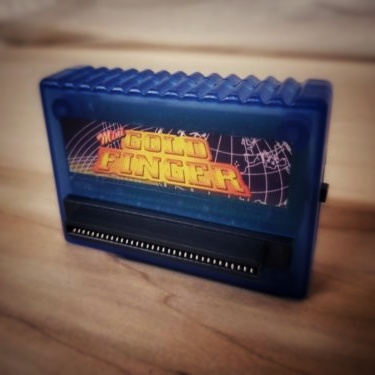Playgrounds were the comment sections of their day. Every weekday from exactly 1:17 PM until 1:43 PM there were swings to be swung, rumors to be spread, and debates to be settled by whomever was the loudest (some things never change). Allegiances were formed and battle lines were drawn based solely on what video game console you supported. It was this playground system that perpetuated the urban myths of the time.
For PlayStation fans there was the myth that you could save Aerith from her fate in Final Fantasy VII if you just cast the right spell, or the secret code in Tomb Raider that would let you see all of Lara Croft. There was the myth that no one could possibly copy a PlayStation game because all the bottoms of the discs were black. Even the very existence of the first PlayStation, the Super Nintendo PlayStation prototype, was an urban legend. The difference was that last one turned out to be true.
Let’s jump in and take a look at the cat and mouse game between modchip makers looking to defeat the original PlayStation’s copy protection, and Sony’s efforts to protect their castle.
Gimme Gimme Anime Fighting Games
Sony’s PlayStation was the introduction to games on CD-ROM for many of those playground kids. The format proved to be cheaper on average for both developers and gamers alike, and it had the added benefit of coming in durable, plastic jewel cases. The confluence of the two circumstances led to the increased demand for importing Japan-only titles, but since the PlayStation was region locked from both a hardware and software perspective there was a need or an intermediary device.
There were a number of these intermediary devices, colloquially called game enhancers, that allowed users to cheat codes not accessible by in-game menus as well as boot games from other regions. Early production run models of the PlayStation contained parallel I/O ports so game enhancers like the Gold Finger attached directly via the parallel port with no further modifications being necessary to play the latest anime fighting game import.
Later revisions of the PlayStation would remove the parallel port and force import players to adapt, and adapt they did. Probing around the PlayStation’s internals became the only way to circumvent Sony’s region locking, and in the process hackers discovered the secret to allowing import games to boot. Region specific license key data appeared both on software and hardware memory. The two keys had to match in order for discs to boot. Subsequently all region license keys were dumped and flashed onto PIC8 microcontrollers and some of the first PlayStation modchips hit the internet. Now anyone with a properly installed modchip inside their console could play games like Asuka 120% Burning Fest into the midnight hours.
Do The Wobble Groove
Lasers were in, EPROMs were out. Cartridges just weren’t going to cut it any longer in videogames, because all those full motion video cutscenes needed to be stored somewhere. …read more
Source:: Hackaday

